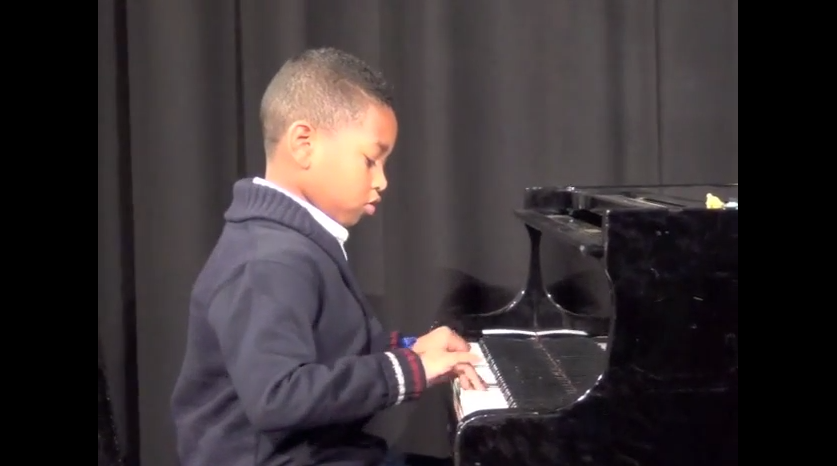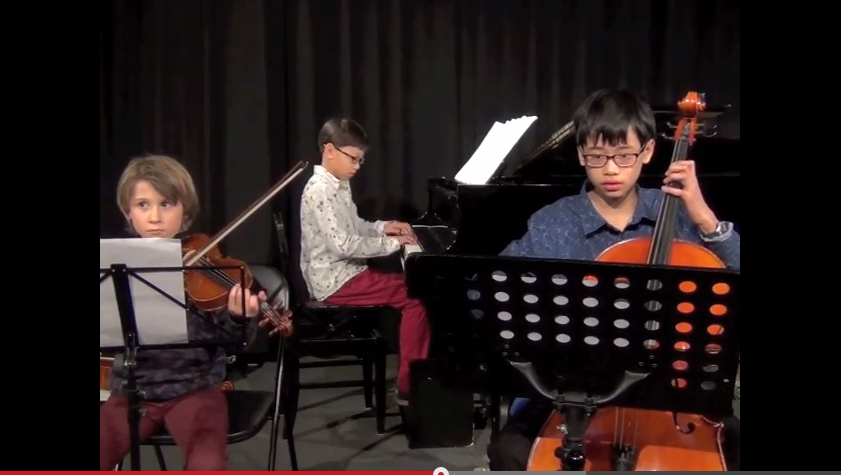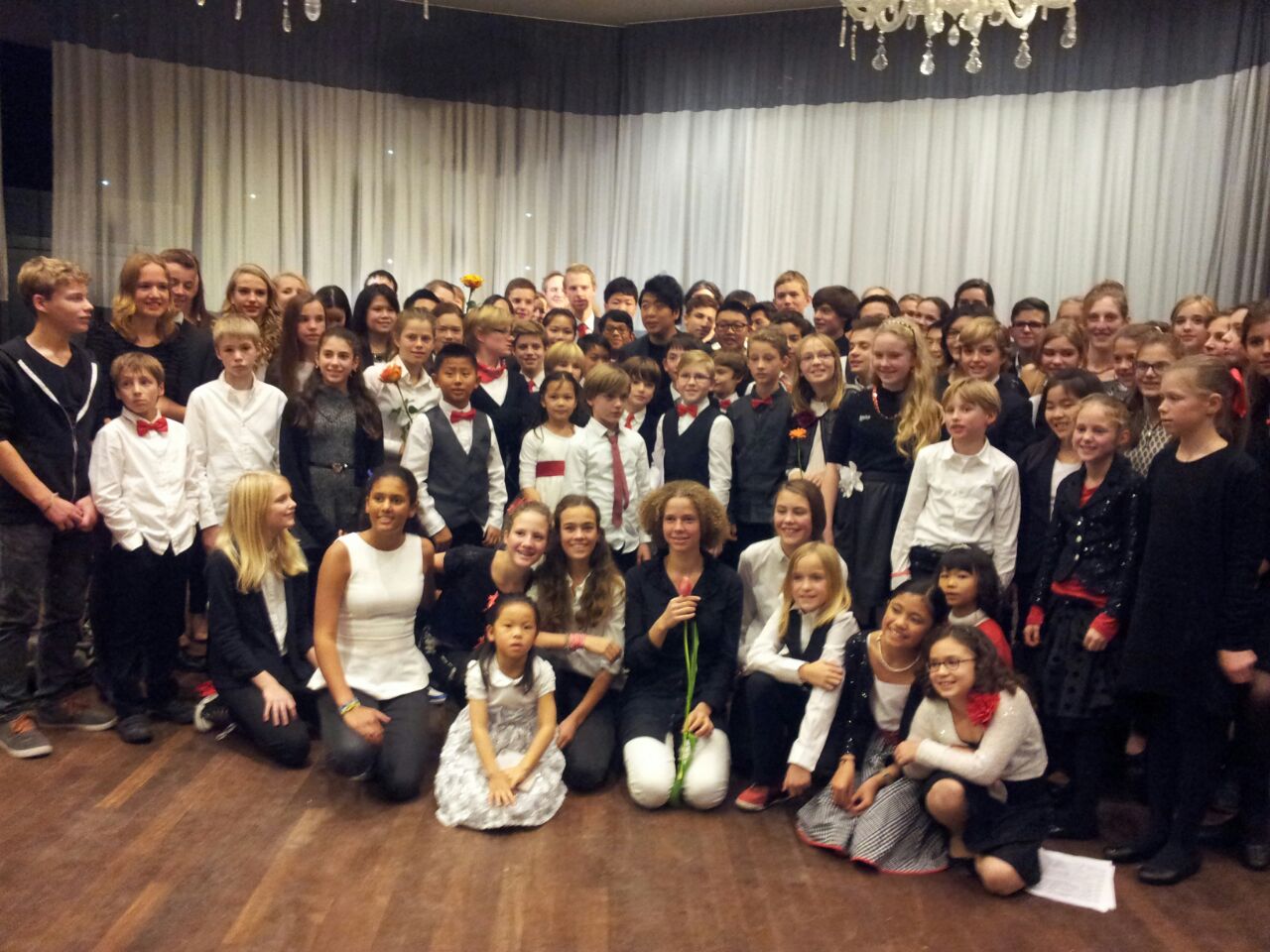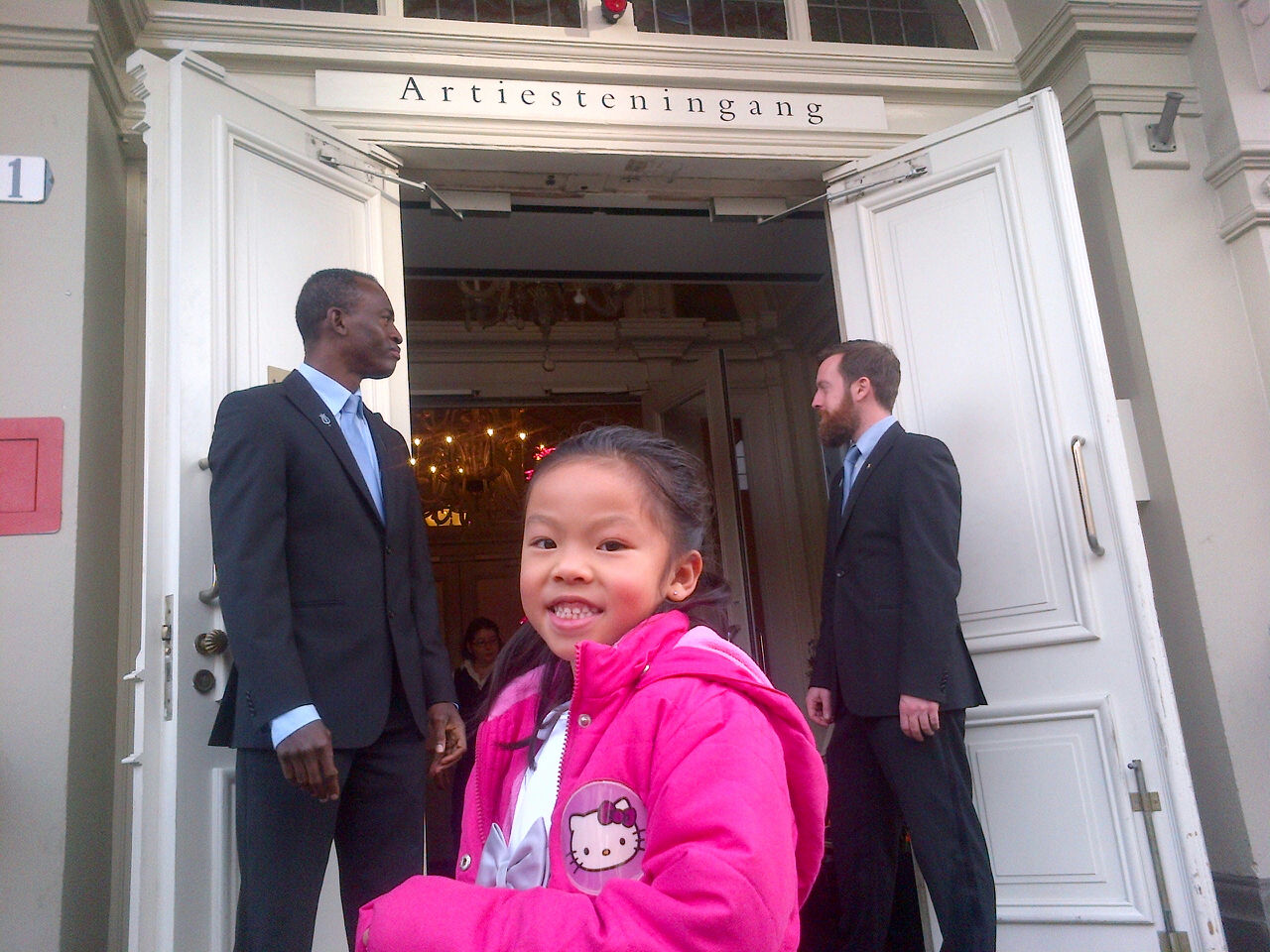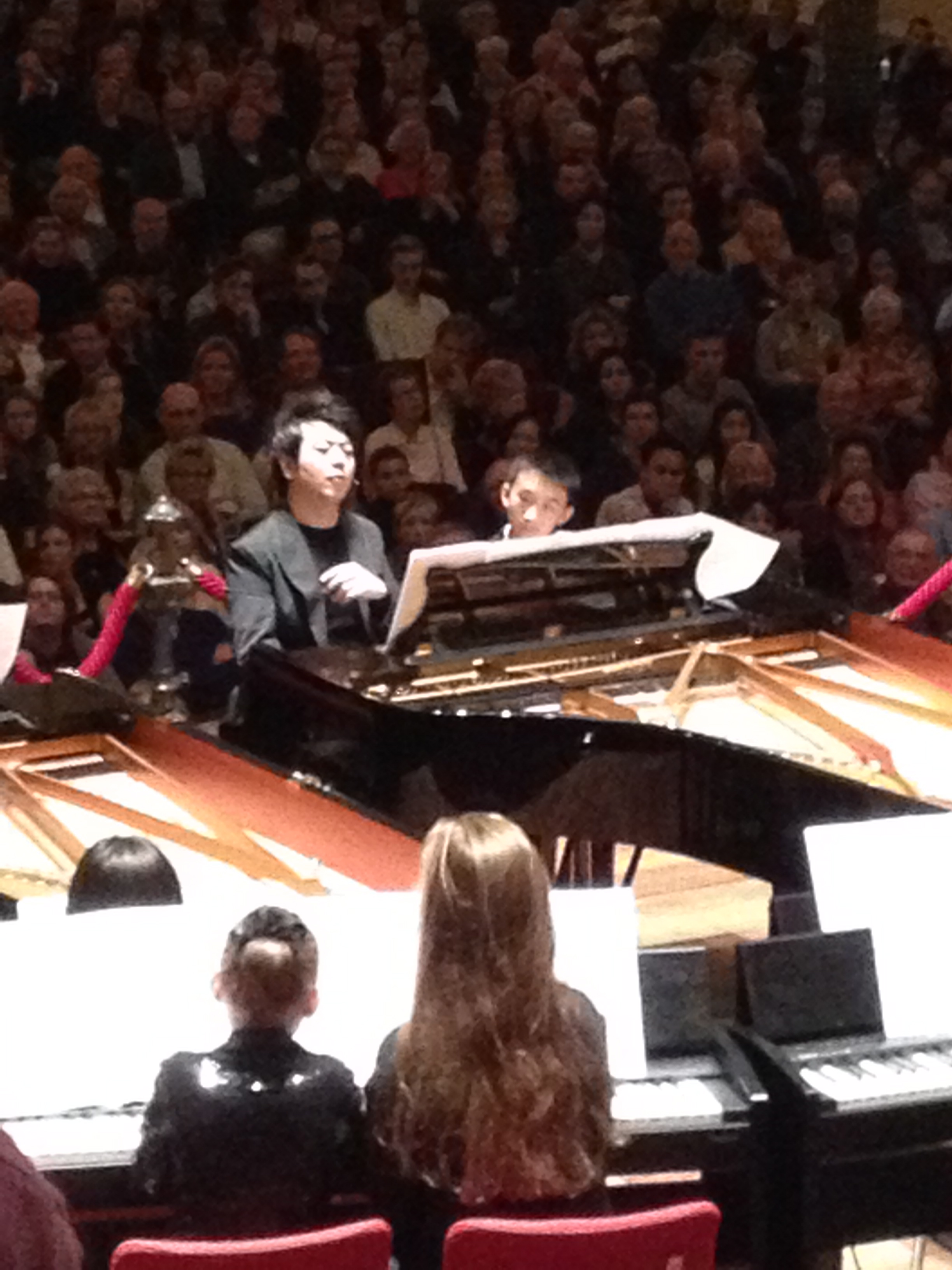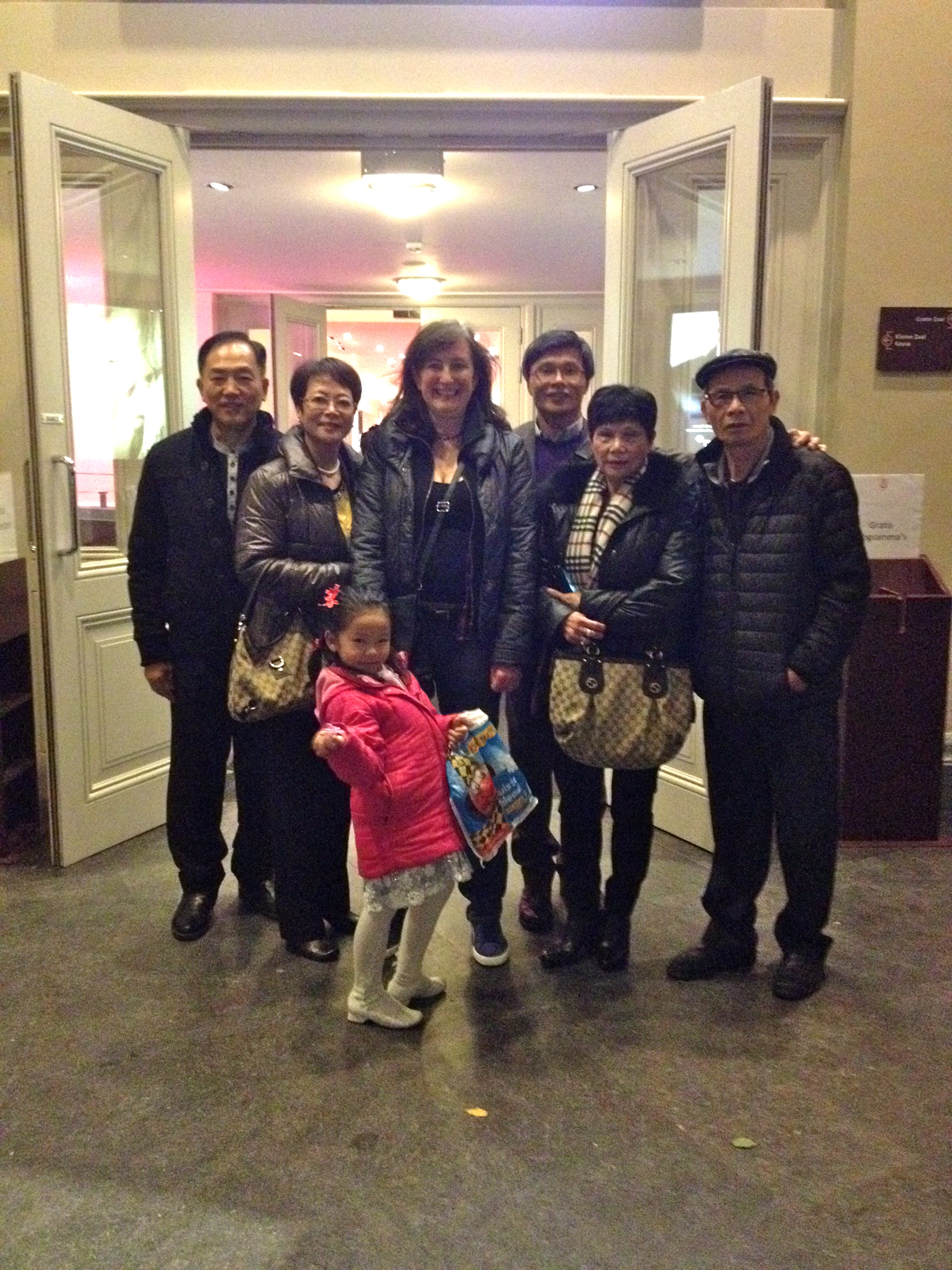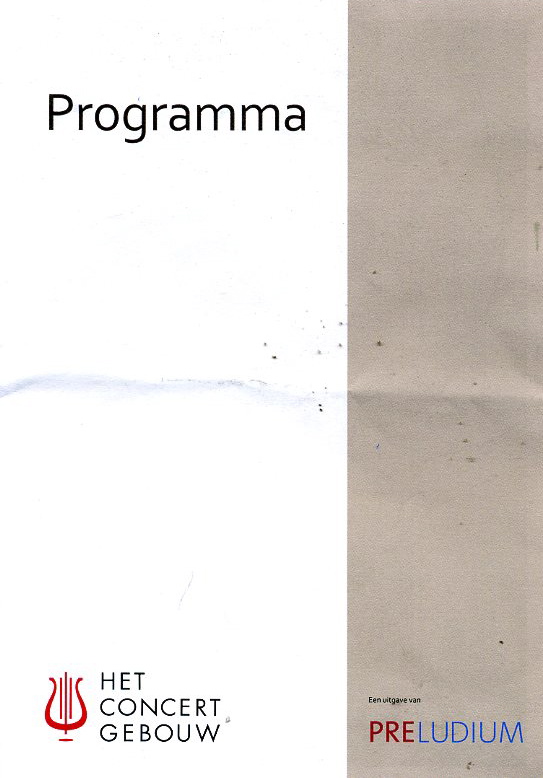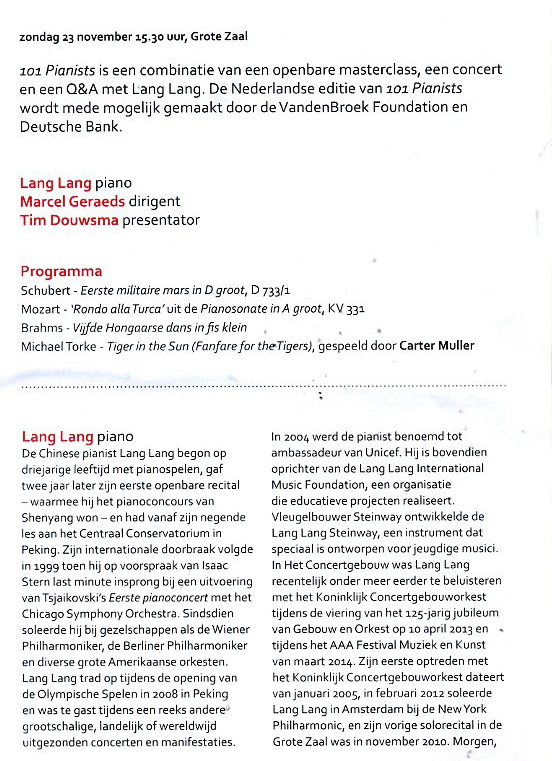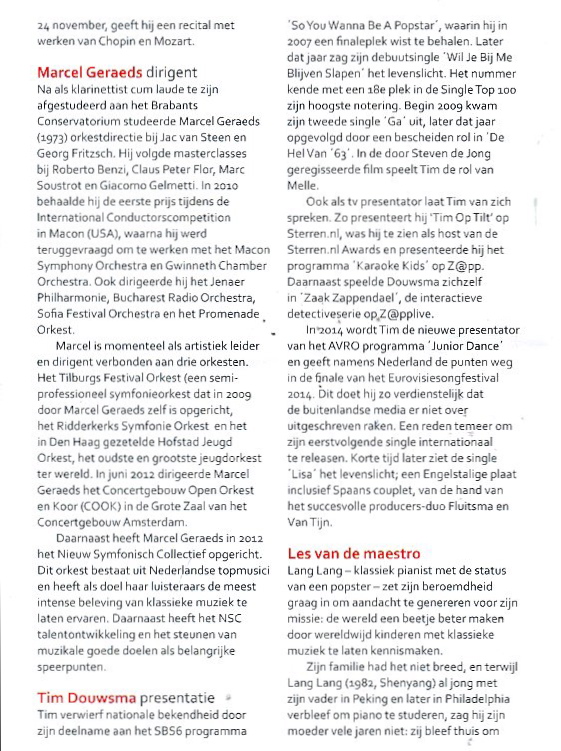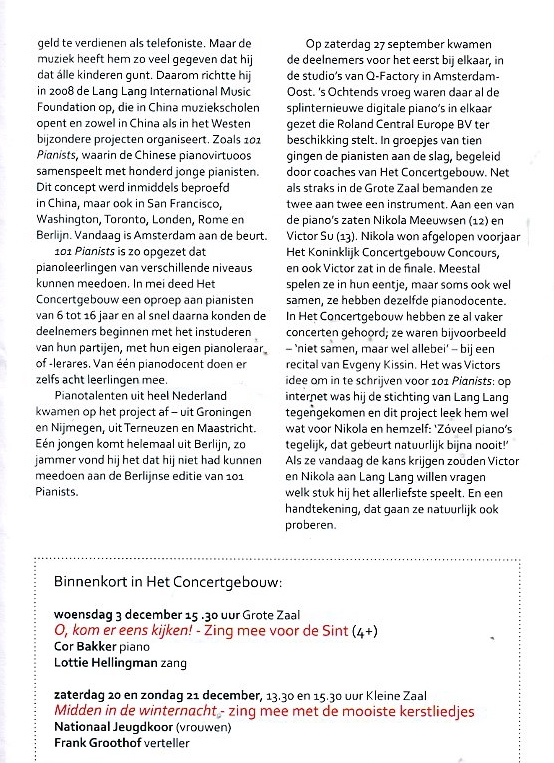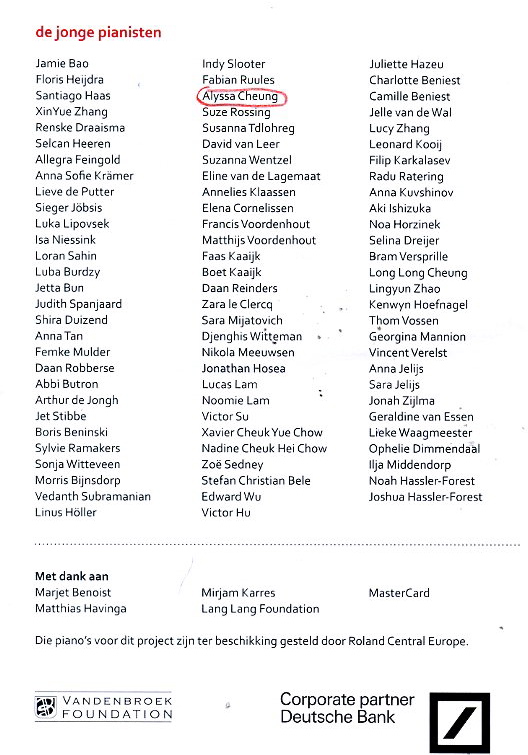Categoriearchief: English
Waves for six hands one piano
New piece for three pianists on on piano (six hands). Written for early students, with a nod to composer Simeon ten Holt.
A sort of Canto Ostinato ‘light’ 😉
This is a digital version, so don’t expect subtile changes in dynamics ..
Waves (digital version)
Waves can be ordered at Edition Matching Arts:
https://www.editionmatchingarts.com/webshop/sheetmusic
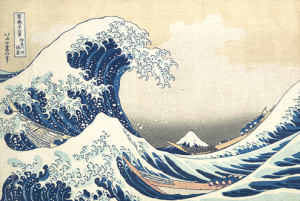
New pianotrio for flute, cello & piano
Today I finished the first part of a new trio for flute, cello and piano.
You can hear the beginning in the example below. It is written for advanced students.
Vandaag heb ik het eerste deel van een nieuw pianotrio afgemaakt: dit keer voor fluit, cello en piano. Het is geschreven voor gevorderde studenten. Hierbij alvast een voorproefje (helaas met digitale instrumenten).Pianotrio voor fluit, cello & piano
Kerstliedjes/Christmas songs
Een aantal kerstliedjes om in de vakantie te spelen! Bewerking van eigen hand.
Just a few Christmas songs to play during Christmas holiday!
Also good for note reading.
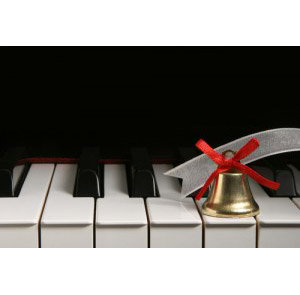
1.Het is geboren het Goddelijk Kind
2.Er is een kindeke
3.Stille nacht duet
4.The first Nowell
4.The first Nowell Nederlands
A la ru-ru-ru Ned.easy
Er is een kindeke
Jingle Bells
Jingle Bells duet
Kling klokje klingelingeling
Kling klokje klingelingeling anders
Middenin de winternacht
O dennenboom
Group picture with Lang Lang
Pictures Lang Lang and 101 pianisten 23th of November
Daniel Coyle about myeline
Journalist and author Daniel Coyle found out that deep practise significantly increases the layering of a neurological protein known as myelin, which wraps around the neural circuits when they fire – and the more an activity is repeated, the more myelin develops in the brain. It increases electrical resistance across the cell membrane by a factor of 5,000 which helps to prevent the electrical current from leaving the axon. Coyle discovered that the layering of myelin exponentially increases the rate at which we learn.
This is good news for all of us trying to learn to play the piano! 🙂 And also a scientific prove that repetition and ‘chunking’ really helps!

Interview with Daniel Coyle
One element of deep practise is chunking, when you’re breaking your practice down into the smallest component and working on one aspect at a time and then adding those chunks together. That pattern where you’re breaking it down, slowing it down, speeding it up, making a mistake and fixing that mistake, looks horrible and ineffective and slow, but in fact it’s not. This ugly piecemeal, broken up practice is calculated to produce ten times faster learning than normal practice. That doesn’t seem to make sense until we see it as an act of construction. You’re actually building this neural circuit.
To make it work well, then once you have whatever it is down accurately, whether it’s a piece of music or a move on the soccer field, you have to repeat, repeat, repeat, a process which literally is wrapping that circuit in myelin. Once that neural road is paved through repetition, the traffic on the road, i.e. the electrical signals, can go not just ten times faster but hundreds and thousands of times faster. It’s literally like installing broadband in your brain.
– See more at: http://www.superconsciousness.com/topics/knowledge/growing-talent-interview-daniel-coyle#sthash.NTqa2a00.dpuf
Piano Trios for kids
There are very few piano trios for the beginning student! While it’s such a nice opportunity to play together with violin and cello. I hope this book can contribute to the formation of more trio ensembles with young children. In future I will write more trios.
If you scroll down, you can see some examples of the music in PDF.
You can order Piano Trios for kids for the special prize of 15 euro (trial prize!) all separate parts included in a beautiful book (porto costs not included).
Just send a mail to: heleen.verleur@xs4all.nl
Please don’t hesitate to mail me about your experiences with this book.

What level pianists need to play these Trios?
After you finished Suzuki piano book 1, you can start with the trios. Techniques from Suzuki book 1 will pass by, for example:
Trio 1: down-up (Allegro) with block chords, but changing from white to black keys all the time. Many children are afraid to “go into the woods” (black keys). After this piece they will be more familiar with this.
Trio 2: left hand like Christmas-Day Secrets, octave jump (bar 25) from Chante Arabe
Trio 3: fast finger tips (Twinkle A), left hand from Chante Arabe, melody “stolen” from Allegro
The pieces are written for everyone who has had about a year of piano lessons. Because also adults will feel joy to play together with strings. Of course you can also play the pieces if you are not a Suzuki student. I tried to write music that is not difficult to remember and of course not to complicated. Because when you play together, you really have to listen to your musical friends. And to yourself. Trio music is a three-part unity, all voices speaking through each other but at the same time like a whole.
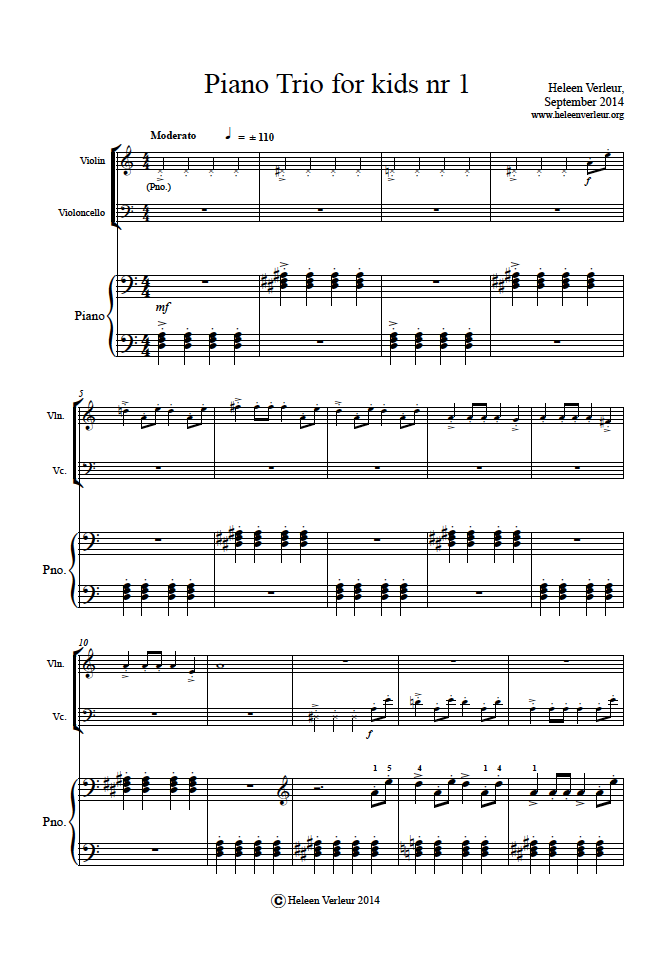
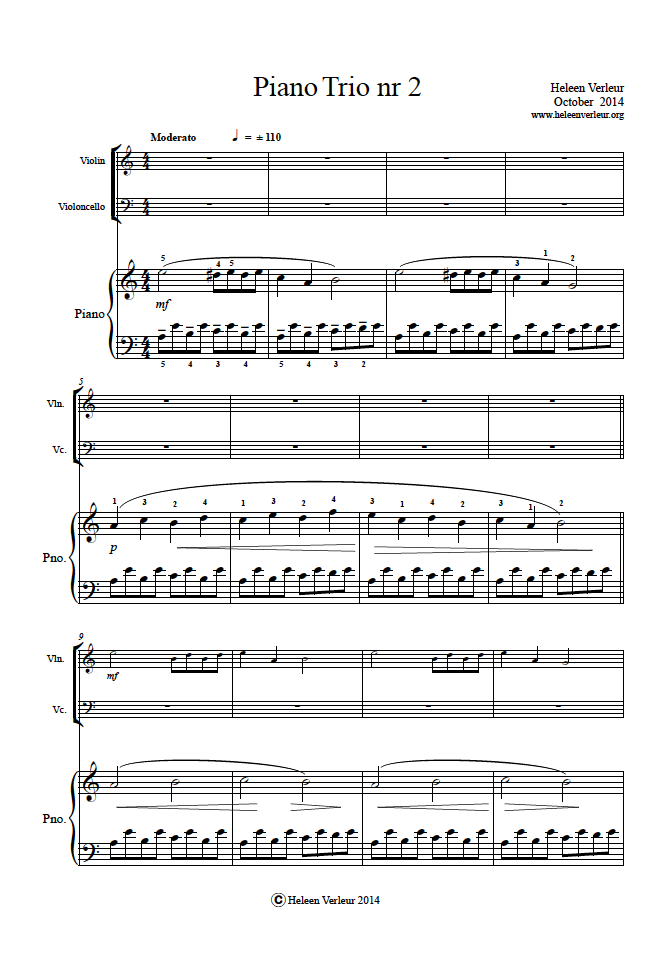
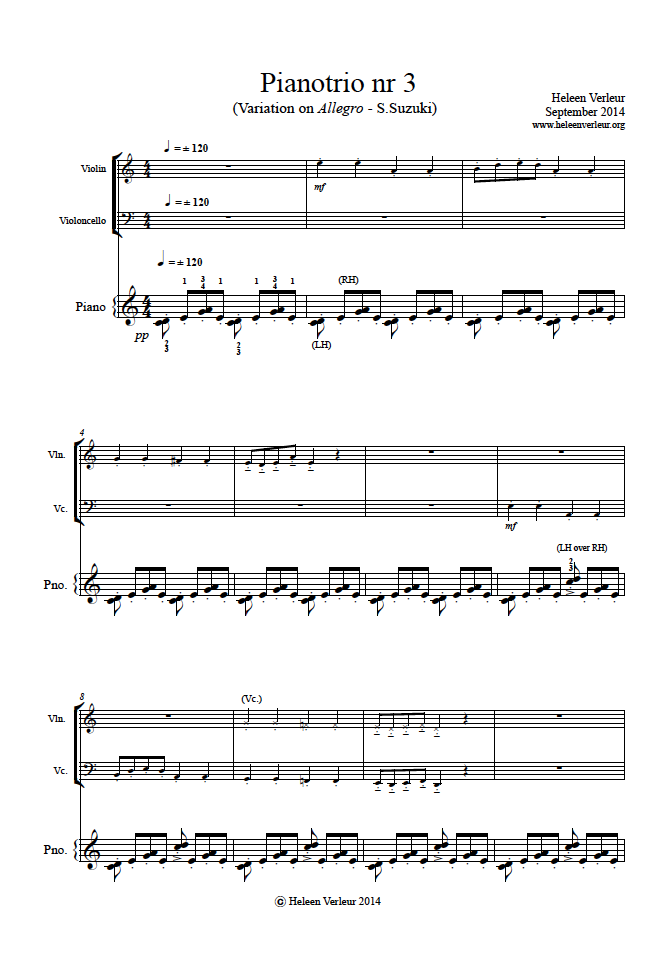
Sakura movie first rehearsal
Movie first rehearsal Sakura 28th of September jl
Movie made by Henning Zorn, father of Alán and Nora .. Alán en Nora are playing the piano right there.
This first rehearsal was without viola, double bass, guitar and accordeon. At the Final concert the 5th of October all will be there.
Pictures Vierwindenhuis Amsterdam 15th of June 2014
More pictures if you click this link

